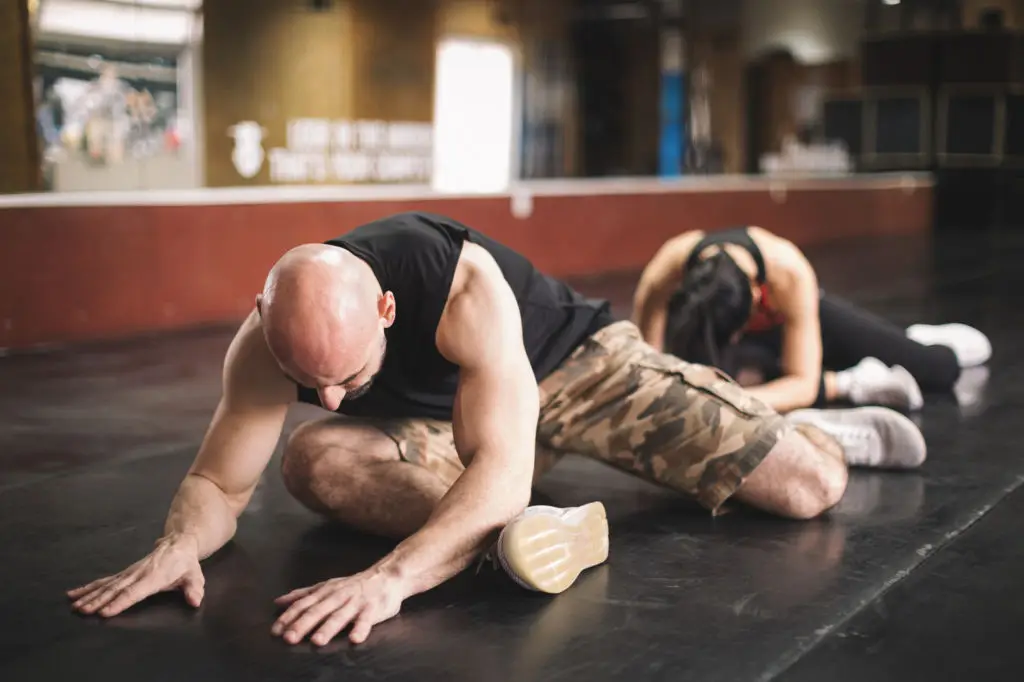Strength After 60: Simple Routines to Prevent Muscle Loss
You don’t need fancy gym memberships or a bodybuilder’s routine—just a dash of consistency, a spirit of self-care, and exercises designed for exactly where you are today. This expanded list of strength routines is crafted specifically for older adults, blending medical research, trainer insights, and plenty of encouraging modifications. Whether you’re a lifelong exerciser or just beginning, these next steps are about celebrating progress, protecting your independence, and discovering how strong you can truly feel—one minute, and one simple move, at a time.
1. The Power of Compound Movements: Why Multi-Joint Exercises Matter

Imagine exercises that train your entire body in one smooth motion. That’s the beauty of compound movements—simple actions like squats or rows that engage several muscle groups at once. These moves help you build functional strength, supporting the same actions you use to rise from a chair or carry groceries. Scientific research shows compound exercises can boost energy, improve balance, and lower risks for common diseases in older adults. Not only do they help maintain muscle, but they make everyday life easier. Personal trainers recommend making these moves the foundation of any 10-minute routine, since they maximize results in minimal time. If you’re short on energy or new to strength training, start slowly, focusing on good form and steady breathing. As you become more familiar, you’ll notice these movements getting easier—and daily activities feeling lighter, too. Every rep is a step toward reclaiming (and protecting) your strength.
2. Safety Starts Here: Warm-Up and Medical Precautions

Safety isn’t an afterthought; it’s the heart of every healthy routine. Begin each session with a gentle warm-up, such as marching in place, slow arm circles, or ankle rolls for about two minutes. This increases blood flow and prepares your muscles to move smoothly. If you have a heart condition, recent surgery, or pain that lingers, speak with your healthcare provider before making changes to your activity. Listen to your body throughout—slight effort is normal, but sharp pain or dizziness is a sign to pause. Don’t rush: starting slowly and building up protects joints and reduces fall risk. Need a little extra stability? Use a sturdy chair or wall for initial support. With these simple steps, you’re setting the stage for not just strength, but confidence and comfort—a foundation that lets every move count just a bit more.
